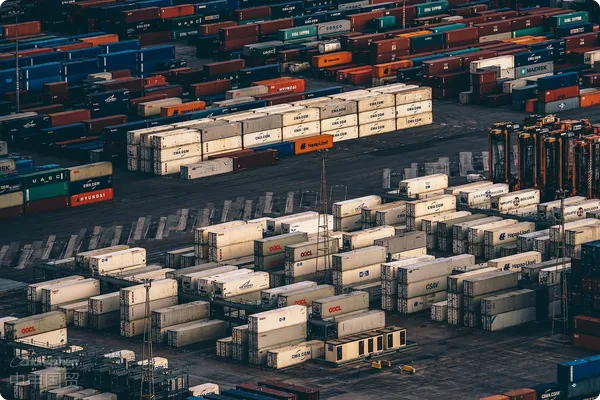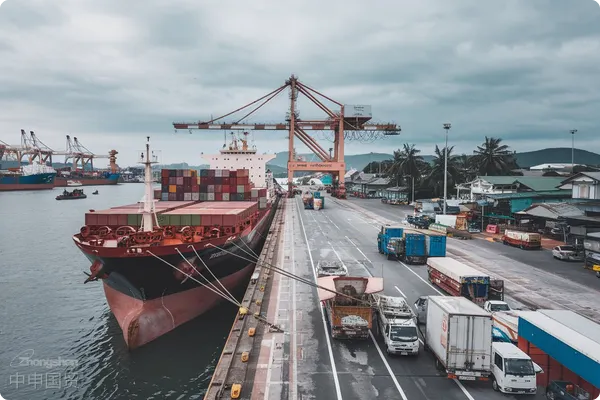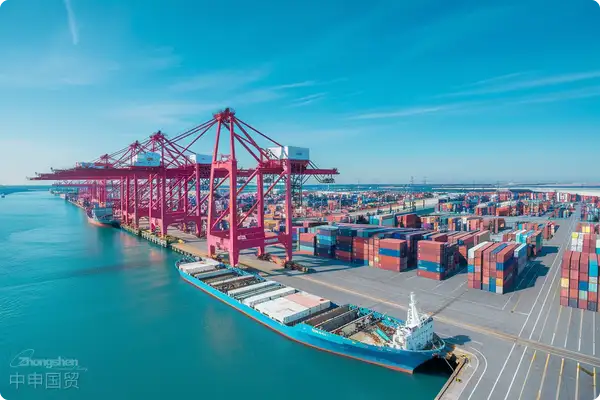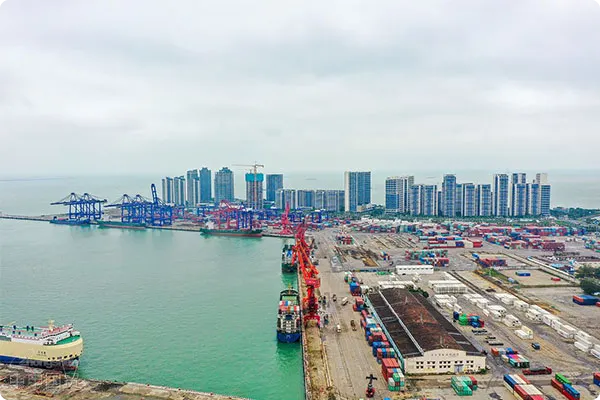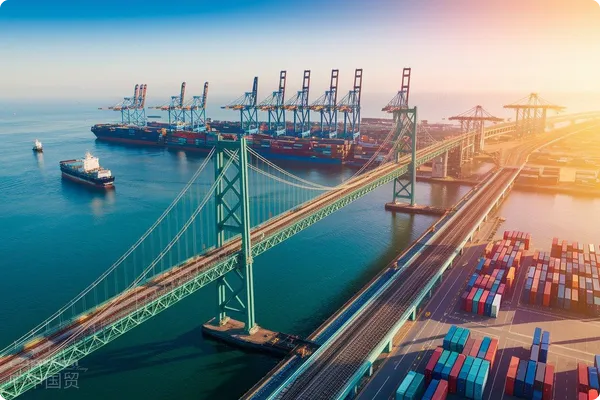- Shanghai Zhongshen International Trade Co., Ltd. - Two decades of trade agency expertise.
- Service Hotline: 139 1787 2118
In international trade, the correct classification of goods is crucial to ensure the correct collection of tariffs and avoid unnecessary tax disputes. However, issues regarding commodity classification often become the confusion and challenges faced by many enterprises during the customs declaration process. A laser instrument sales enterprise in Zhejiang encountered such a dispute in 2022, but its final handling method and result provided valuable experience and reference for other enterprises.
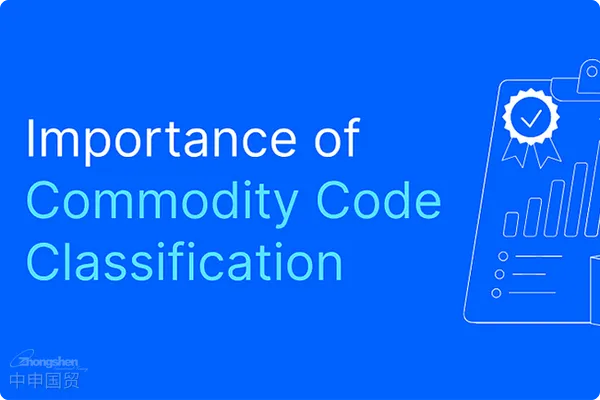
I. Background of the incident
In 2022, a laser instrument sales enterprise in Zhejiang was considered by the customs to have made an inaccurate commodity classification declaration because it filled in functions such as tin soldering and welding when declaring the products use. The 19 laser products originally declared under heading 9013 (with a tariff of 0%) were considered by the customs to be classified under heading 8515 (with a tariff of 8%). As a result, the enterprise faced the risk of paying more than 1 million yuan in additional taxes.
II. In - depth research and negotiation of the enterprise
After in - depth research and investigation, the enterprise searched for a large amount of information and conducted comparative analysis. They found that welding machines and devices specifically or mainly used for assembling semiconductors should be classified under heading 8486 (with a tariff of 0%). After many consultations and communications with the customs, the customs finally adopted the enterprises opinion and classified the lasers under heading 8486, which enabled the enterprise to avoid additional tariff expenditures.
III. Common handling results and response strategies for commodity classification disputes
When an enterprise faces a commodity classification dispute, there are generally three handling results:
The customs considers the enterprises declared tax number to be correct.
The customs considers the enterprises commodity classification declaration to be wrong, but there is no illegal act. In this case, the customs will levy back taxes for one year or impose a fine.
The customs considers the enterprises commodity classification declaration to be inaccurate and there is an illegal act. At this time, the customs will levy back taxes for three years and impose a fine.
Facing these possible handling results, enterprises should adopt the following response strategies:
Combine the products composition, function, use and technological process, refer to regulations such as the tariff schedule and heading notes, and strive to prove that the original declared tax number is correct.
If the correctness of the original declared tax number cannot be proven, refer to the customs declaration records of other enterprises and foreign classification practices to see if there are other tax numbers more favorable to the enterprise.
If the enterprises declared tax number is indeed wrong, refer to relevant administrative interpretations and strive to get the result of levying back taxes for one year instead of three years.
Related Recommendations
Knowledge Base
Contact Us
Email: service@sh-zhongshen.com
Related Recommendations
Contact via WeChat

? 2025. All Rights Reserved. 滬ICP備2023007705號-2  PSB Record: Shanghai No.31011502009912
PSB Record: Shanghai No.31011502009912
